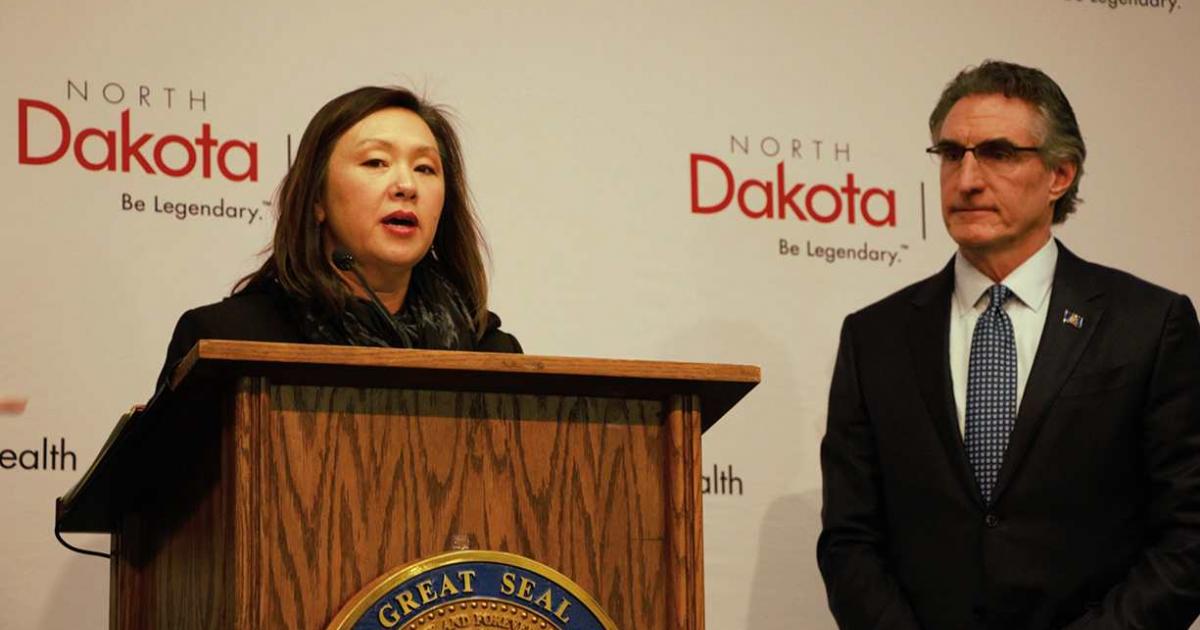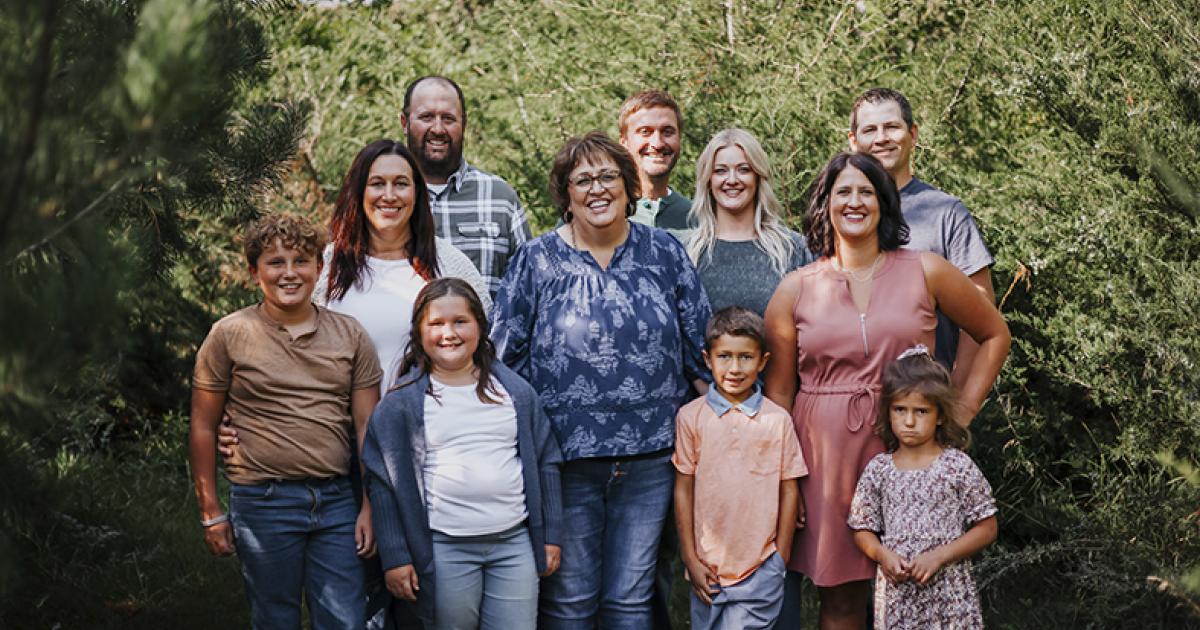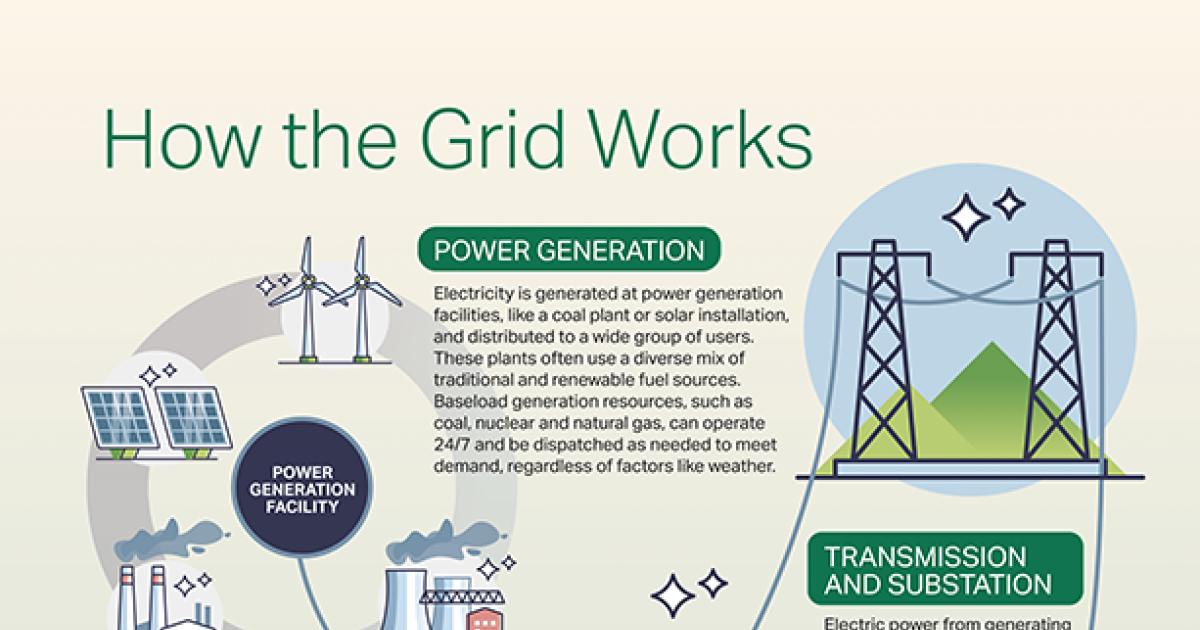Cally Peterson
“Hey, girls. Hey, girls,” Al Gustin gently calls to the cows during morning chores, reassuring them in the presence of strangers holding a camera, notepad and pen.
The cows recognize his voice. The people do, too.
For 45 years, the retired farm broadcaster was the first welcomed guest in homes and on farms across North Dakota as he delivered his trusted morning ag news. And in January, Gustin completed his 50th year writing his monthly column, “Farm Byline,” in North Dakota Living.
Gustin stops to pat 12C, a black Gelbvieh he owns.
Whoever said “rain is a good thing” wasn’t referencing late December rain in North Dakota. Christmas Day rain blanketed southeastern North Dakota in a sheet of ice, which caused major damage to the electric system and left some North Dakotans without power for 11 days.
Electric cooperatives described it as “the worst ice storm since 1997.” Dakota Valley and Cass County electric cooperatives were hit hardest by the storm, while KEM, Mor-Gran-Sou, Nodak and Northern Plains electric cooperative members also experienced outages.
Marlo Anderson is living proof there’s reason to celebrate every day. As founder of the National Day Calendar – the official, authoritative source for fun, unusual and unique national days – Anderson has built a wildly popular national brand around celebration.
Anderson’s curiosity popped in 2013, as he searched for information on the internet about the national day dedicated to his favorite snack – popcorn (the movie-theater buttered kind, preferably).
The electric cooperative workforce is in a state of transition. Many longtime co-op employees have reached or are nearing retirement. Over the next five years, it is estimated more than 15,000 people will be hired at more than 900 electric cooperatives in 47 states.
In North Dakota alone, nearly 2,500 full-time electric cooperative jobs exist. And, there are more than 30 types of career opportunities at electric cooperatives. As new employees come in the door, a well of knowledge and experience exits.



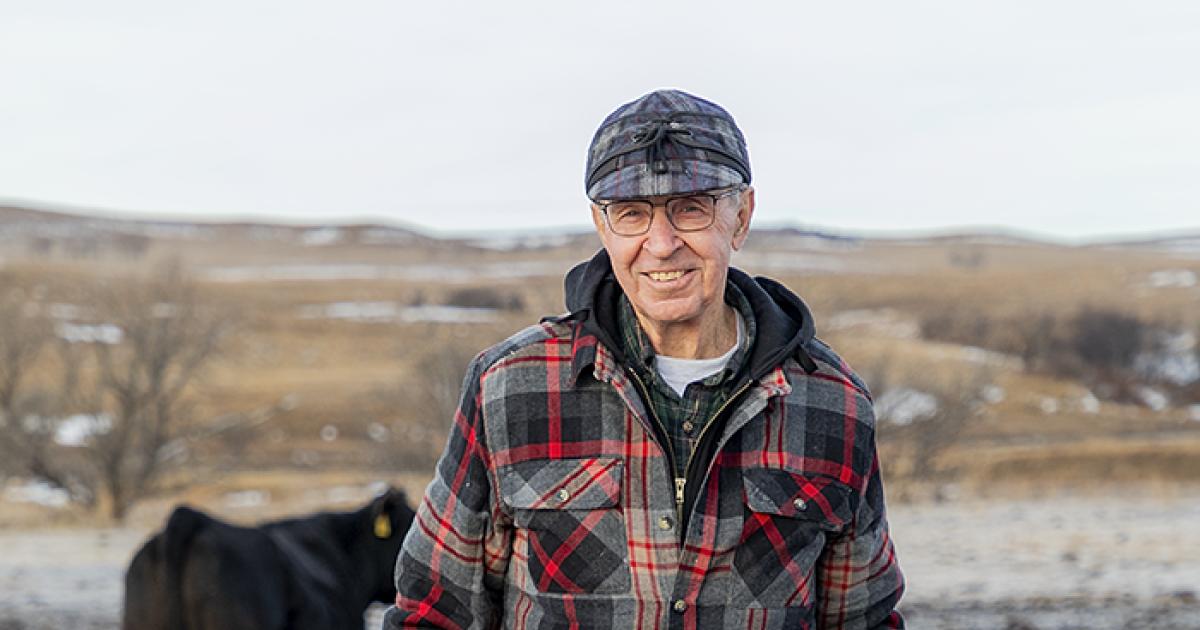
 Pat Traynor believes he lives in “the most generous part of the planet.” Since 2008, he has witnessed hundreds of thousands of generous donors give $165 million to more than 500 local charities in primarily North Dakota and northwestern Minnesota.
Pat Traynor believes he lives in “the most generous part of the planet.” Since 2008, he has witnessed hundreds of thousands of generous donors give $165 million to more than 500 local charities in primarily North Dakota and northwestern Minnesota.

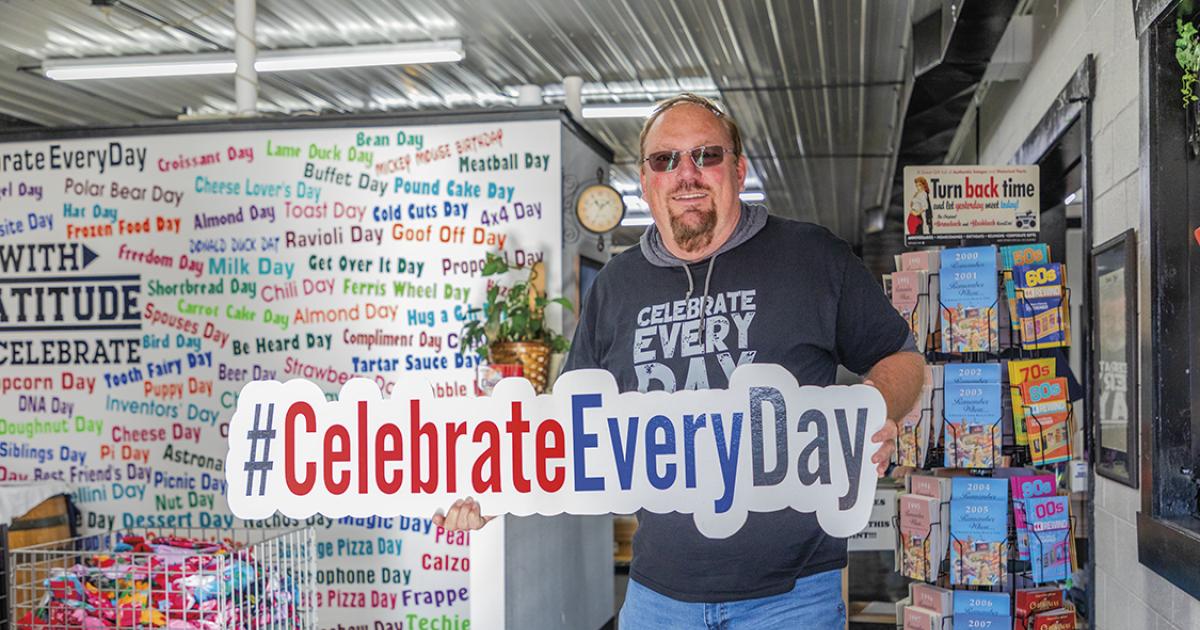
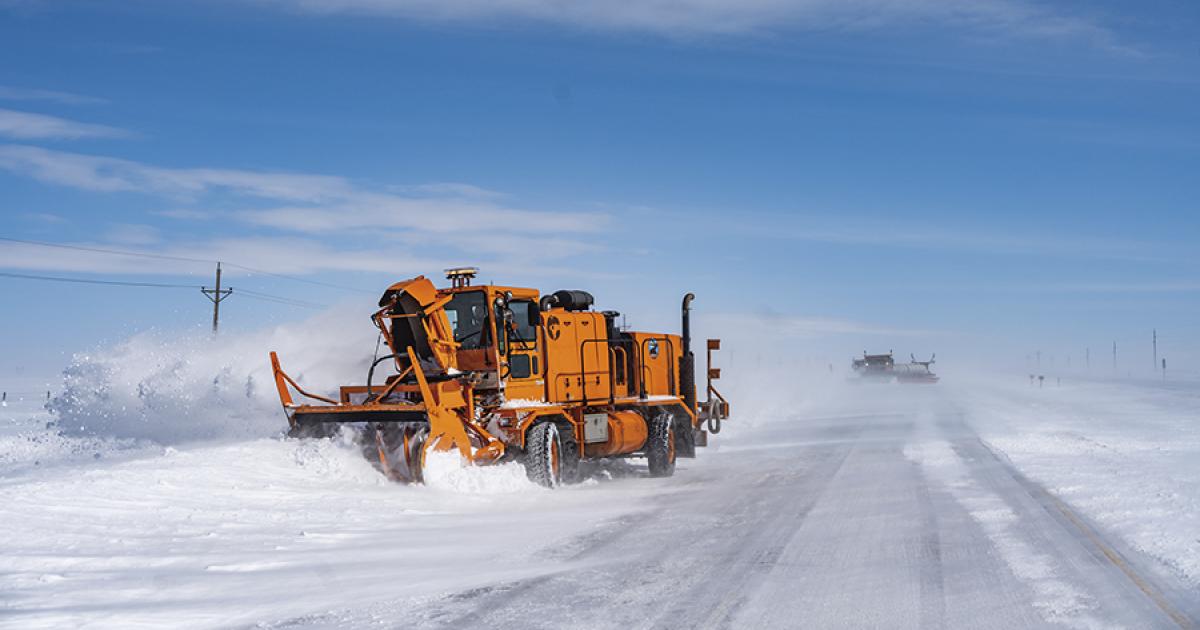
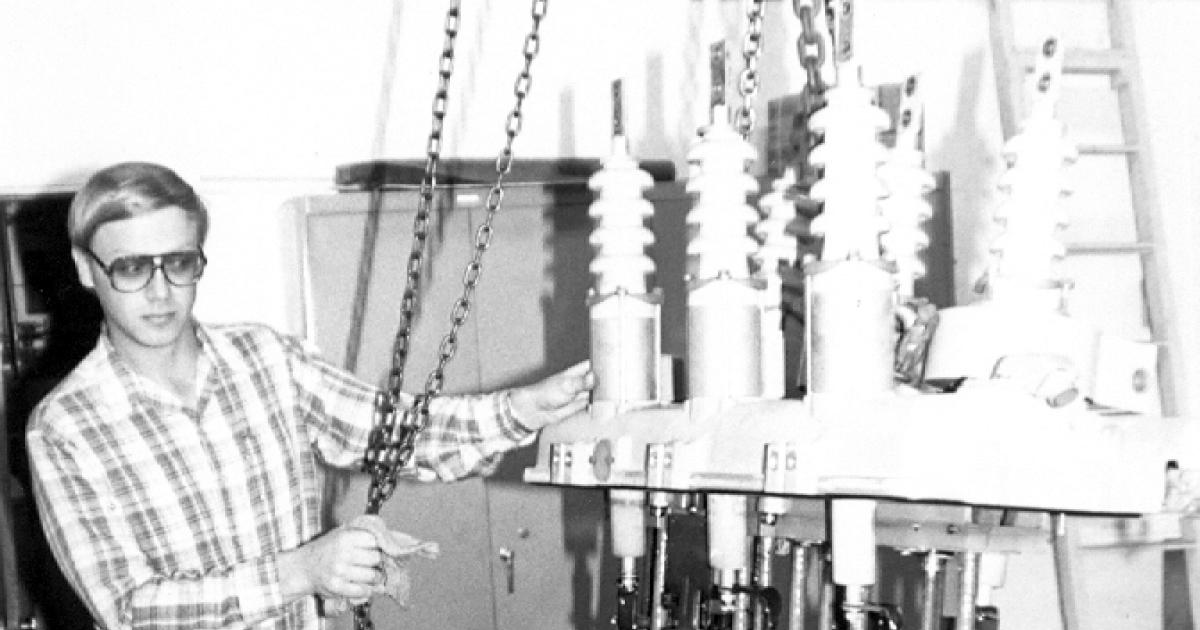
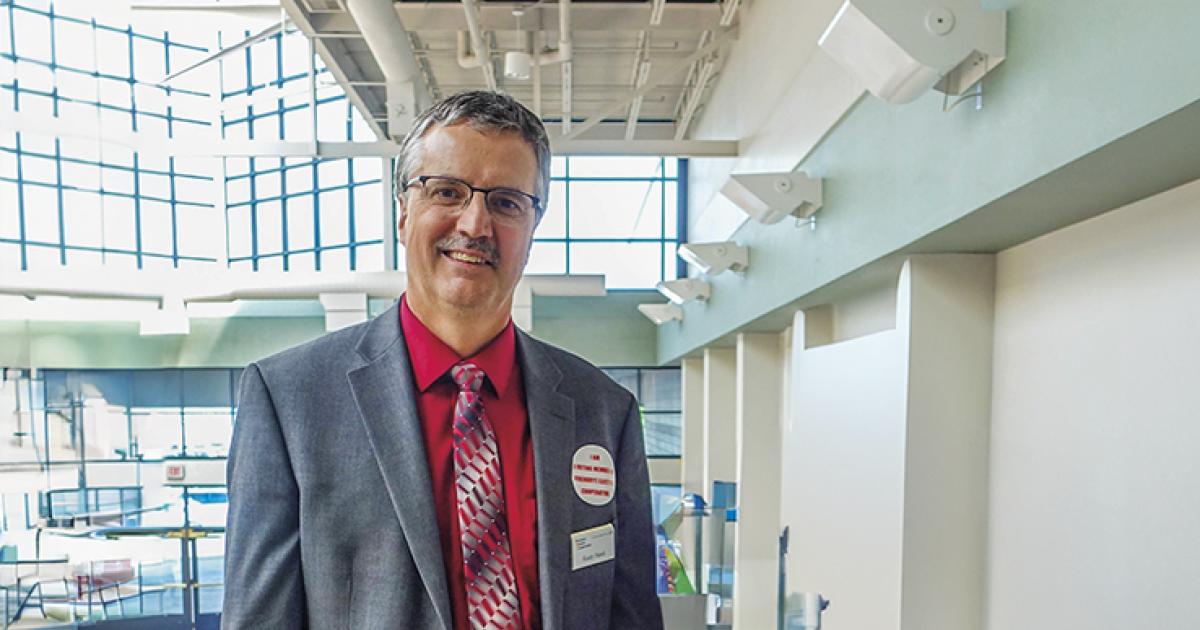
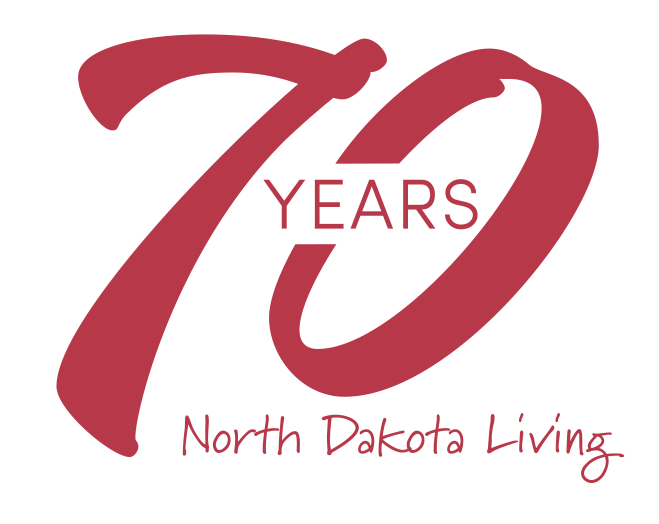 Opening the December 1954 issue of North Dakota Living holds all the excitement of a child opening a gift on Christmas morning. It is a Christmas treasure. Visions of nostalgia dance in one’s head, perhaps yearning for a simpler, different time in rural America.
Opening the December 1954 issue of North Dakota Living holds all the excitement of a child opening a gift on Christmas morning. It is a Christmas treasure. Visions of nostalgia dance in one’s head, perhaps yearning for a simpler, different time in rural America.